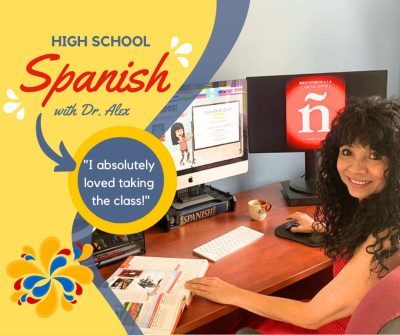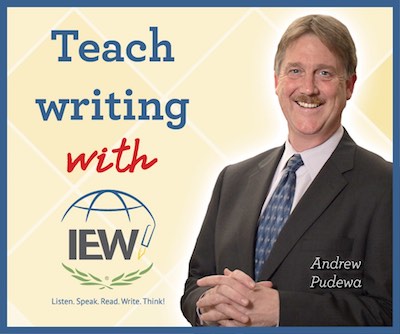
Making an Educational Environment in Your Home
Children don’t just learn during “school hours.” They learn and absorb 24/7, even while they play! Maria Montessori, a pioneer in early education philosophy, once said, “Play is the work of children.” I agree that children’s play shapes their worldview and their skills for the future! How so?
Have you ever observed how babies experience the world around them by touching everything and bringing objects to their mouths? In this way they learn about texture, taste, and physical properties. Toddlers climb on sofas and learn about gravity and the challenge of inclines. Three-year olds pat the fluffy cat and learn that animals protect themselves against unwanted contact! Even a child’s pretending is a way of modeling. Little girls practice mommy skills with their dolls while little boys build forts with their blocks and fashion weapons from whatever is at hand! In this way they are practicing and learning for their future.
So, what are we putting before them, and why? Toys can encourage them to just sit on the couch all day, or they can encourage movement and exercise. An iPad does the former; balls and wagons do the latter. A steady diet of TVLand is different from a nourishing diet of read-aloud from children’s classics like Peter Rabbit. Teach them to love the best because you love the best!
Children also learn from observing what is around them. For instance, give them lots of time outside where they see ant hills in the dirt, squirrels scurrying through the trees, streams meandering lazily toward the river, and mud puddles just begging for a splash! As they climb trees, crunch through fallen leaves, and see flowers go to seed, they will have their first natural introduction to zoology (animal science) and botany (plant science). These experiences lay the foundation for further learning, but they’ll think they are just playing!
Gross Motor Skills
They’ll run, jump, climb, skip, hop, and turn somersaults. From that free play, they’ll grow strong and gain coordination skills that are essential for motor development. Gross motor skills precede fine motor skills. A strong upper back is necessary to stabilize the arms in order for children to use pencils and crayons. It’s all very important.
Fine Motor Skills
Holding that pencil and drawing slanted lines to make a triangle requires fine motor coordination – the kind of coordination that is refined as we pick up Sorry game pieces or use a fork. Activities like playing board games, setting the table, and similar home life experiences also teach foundational math principles such as order and sequencing.
Modeling
It is said that values are “caught” more than they are “taught!” How true! The fruit doesn’t fall far from the tree, regardless of where the child is educated. Children model what they are exposed to on a regular basis. That’s why it’s essential that we speak with our actions, not just our words. If we want them to be readers, they should see us reading. If we want them to be organized and clean, we should be neat and tidy in our habits and housekeeping. And if we want them to value family, we should value family — starting with the sacrifices we make for our children. Thinking this way might seem daunting, but don’t give up! You’re not a mom or dad because you came with perfect qualifications! The parenthood journey is going to be just that — a journey of growth and learning with many twists and turns along the way. God has ordained our roles and His strength is perfect in our weakness.
So as you begin your homeschool journey, consider your home environment and what you are modeling to your children. Have fun playing board games, exploring the outdoors, and building a library of beloved books! May you look back on these years (as I do) as some of the most precious ever!
“…if you mean structured learning as opposed to play-based learning, studies show that developmentally, young children benefit from—they actually need—lots of physical and creative play. Building, pretending, exploring, discovering, trying out their ideas. We have to remember that what looks like play to us is work to them.”
Ideas for Educational Toys to Collect (Christmas? Birthdays?):
- Dress-up clothes like sunbonnets, Davy Crockett caps, pinner caps, or safari hats
- The best of children’s literature such as Peter Rabbit, Charlie Needs a Cloak, Aesop’s Fables, and The Little Engine That Could.
- Coloring books and colored pencils/crayons. Consider coloring books/pictures of substance. A good source is Dover. Coloring pages can also be printed from online sources.
- Puzzles according to age ability
- Measuring containers, pouring containers, measuring tape, ruler, and such
- Children’s tool chest
- Toys that have intrinsic educational value, e.g.historical American Girl toys or cheaper equivalents, DUPLOs/LEGOs, Lincoln Logs, toy kitchens
- Active toys like jump ropes, balls, bats, sidewalk chalk for hopscotch
- Board or card games such as Sorry, Trouble, Uno, Candyland, and Dominoes
- Literature based DVD’s, e.g. Sarah, Plain and Tall; Caddie Woodlawn; Little House; The World of Peter Rabbit; Charlotte’s Web; Last of the Mohicans (cartoon version) or Dear America movies
- Their own garden hand tools or house tools like dust cloths & toy vacs



